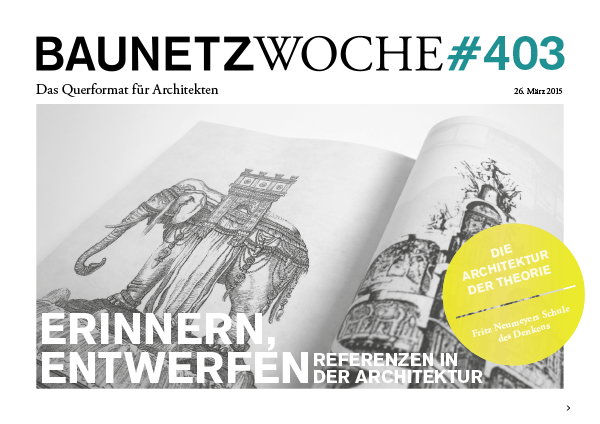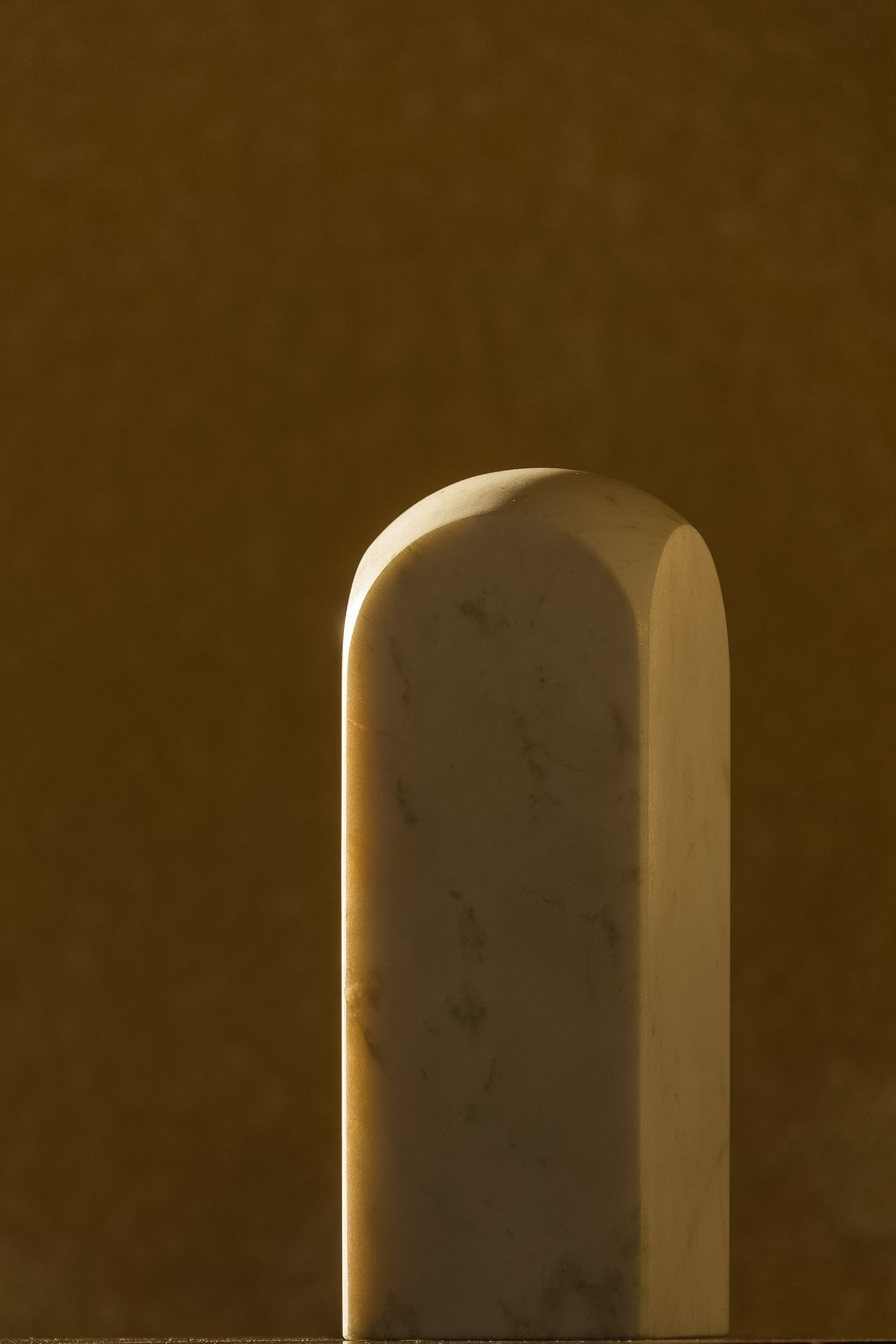
References
Kristina Herresthal, Lisa Kadel
Kristina Herresthal and Lisa Kadel asked seven architectural offices how they work with references and how this affects their projects. The result is short statements directly from everyday working life. The form in which the reference is used—whether concrete, abstract, as typological research or in any other form—differs from office to office. Their use as a means of communication is unique to all. The references also ask questions, give answers and always tell something about the designer.
- OMA
- Robertneun
- Office Kersten Geers David Van Severen
- Adrian Streich Architekten
- Antonino Cardillo
- Grüntuch Ernst Architekten
- Mars Architekten
Antonino Cardillo
Antonino Cardillo, Soluntum of Sicily
I see references connected to the ideas of permanence and tradition. We are definitely sons of someone who time ago became dust. I do not see division among him and us. Each act of beauty is a gentle message toward death. Any act of beauty is a shard of love en route for a stranger. Any fragment of past beautiness is part of our memory, giving sense to the permanence of the mankind on the Earth. Thus references can become testimonials of love, beyond the death. On the contrary, when references are deprived of love, when references are intended as intellectual quotations, they turn in fetishism, alienation, entertainment, things which trivialize the feelings of the life. Past year I designed seven sculptures for the Sir John Soane’s Museum of London. Min investigates the origin of the sacred. There I conveyed diverse references synchronised in a single shard of mineral stone. Min is about permanence of life.
The Sicilian architect Antonino Cardillo has a great affinity for the architecture of previous epochs and for a symbolic charge of a designed environment. In 2013, he was strongly criticised by various Italian and German-speaking media for publishing digital images of his projects as real buildings. One focus of his design work is on interior design, for example, a gallery he designed in Rome was completed last year, for which Wagner’s Ring of the Nibelung was a reference from the ‘Rheingold’ to the ‘Götterdämmerung’.

Antonino Cardillo, Min, Sir John Soane’s Museum, London, 2014. Photography: Antonino Cardillo